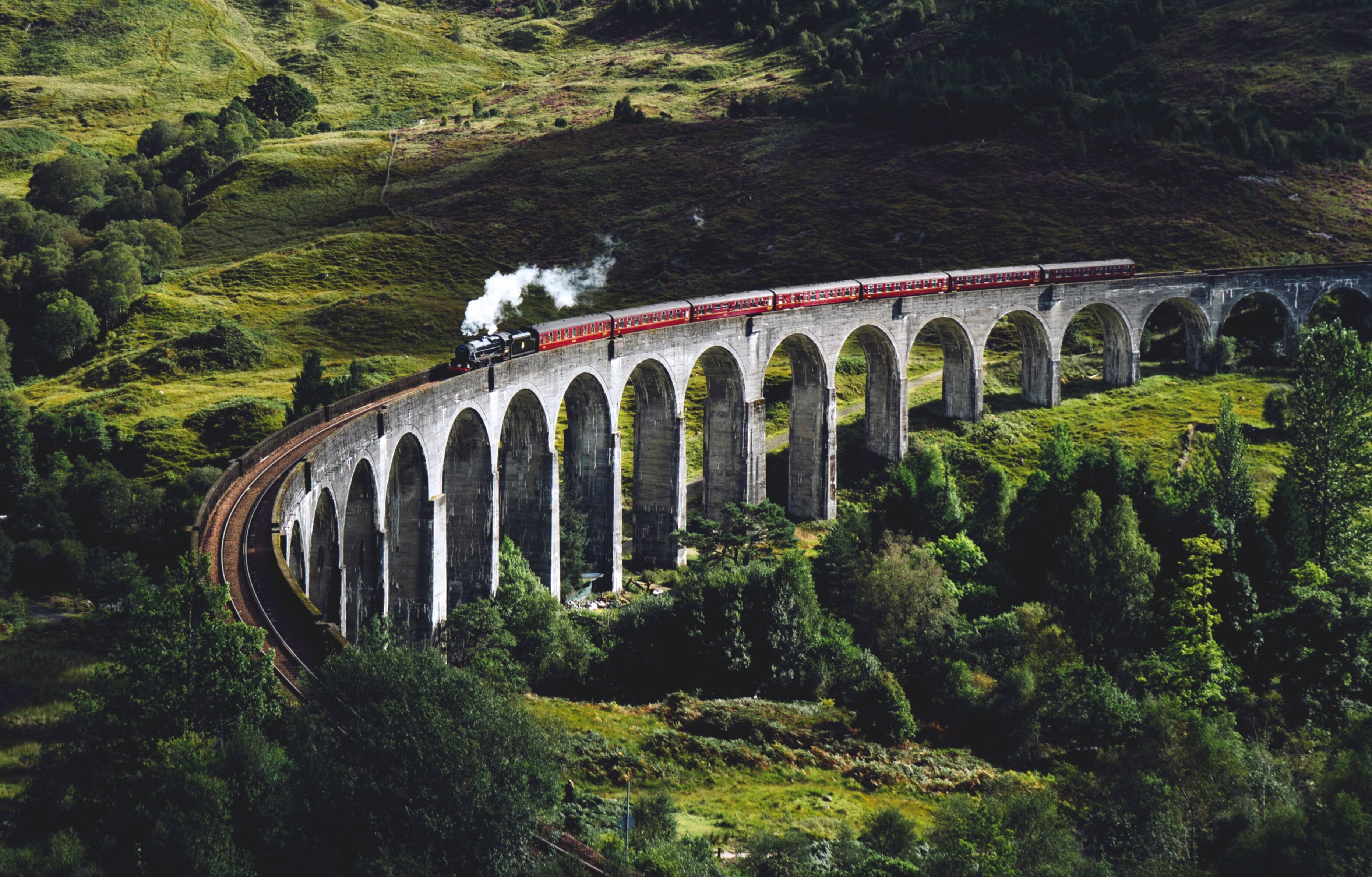Distinct Travel Selfies For Memorable Dating Profiles

I've been observing the digital presentation habits of individuals navigating the modern dating scene, specifically focusing on the photographic artifacts they choose to represent their worldly experiences. It strikes me as a fascinating data point: how a single image, frozen in time from a journey, attempts to communicate personality, resourcefulness, and perhaps even future compatibility. We aren't just talking about a snapshot from the Eiffel Tower; the curation of these travel selfies suggests a deliberate signaling mechanism, a visual shorthand in a low-signal environment. Think of it less as a casual photo dump and more as a carefully calibrated signal transmission, where the noise-to-signal ratio needs careful management to avoid misinterpretation.
The challenge, as I see it, is moving beyond the cliché. If everyone posts the same over-saturated sunset from Santorini, the signal becomes diluted to near zero, effectively broadcasting nothing of substance about the individual behind the lens. My hypothesis centers on identifying those photographic archetypes that convey specific, desirable traits without resorting to overt textual claims of adventure or sophistication. We need to categorize these visual cues to understand what truly separates a profile that garners attention from one that fades into the digital ether. Let's examine the mechanics of these distinct visual narratives.
Consider the "Logistical Triumph Selfie." This isn't about the beauty of the location; it's about the successful navigation of a difficult transit point, perhaps standing in front of a complex, slightly intimidating train station map in a non-Roman alphabet script, looking competent rather than lost. The framing should subtly show the individual managing luggage or consulting a physical timetable, suggesting problem-solving capacity under mild pressure. This image communicates self-sufficiency—the ability to operate effectively outside one's established comfort zone, a trait often valued highly in long-term pairing assessments. It bypasses the superficiality of simply arriving somewhere scenic.
It suggests an understanding of systems and the personal fortitude required to interface with unfamiliar ones, which is a much deeper indicator of character than a simple portrait against a famous backdrop. Contrast this with the "Hyper-Specific Niche Engagement Shot." This involves the subject interacting meaningfully with a very localized cultural artifact or activity, something that requires prior research or genuine curiosity to participate in. Imagine a photo where the person is clearly mid-instruction in a traditional craft workshop, their hands engaged, perhaps slightly clumsy but undeniably present in the moment of learning.
This second archetype signals intellectual curiosity and a willingness to be a student, rather than just a consumer of tourist experiences. It shows an investment beyond the surface-level photo opportunity, indicating a deeper capacity for sustained interest. The lighting should be natural, maybe slightly uneven, emphasizing the authenticity of the activity over studio-quality perfection. If the background shows tools or materials related to the niche activity, the message of focused engagement is further reinforced. We are analyzing visual evidence of active participation versus passive observation.
More Posts from itraveledthere.io:
- →The Psychology of Travel Selfies Why Some Influencers Overshare After a Bad Date
- →7 Best Spots to Photograph Figure Skaters at Montreal's Centre Bell A Travel Photography Guide
- →7 Must-Visit Spots for Influencer-Worthy Photos in Madrid's Historical Center
- →Time Warp Selfies How Relativity Affects Your Travel Photos in 2024
- →The Chemistry Behind Instagram-Perfect Travel Selfies Carbomers and High-Speed Mixing in Cosmetic Formulations
- →7 Budget-Friendly Travel Headphones for Content Creators A Social Media Influencer's Field Test